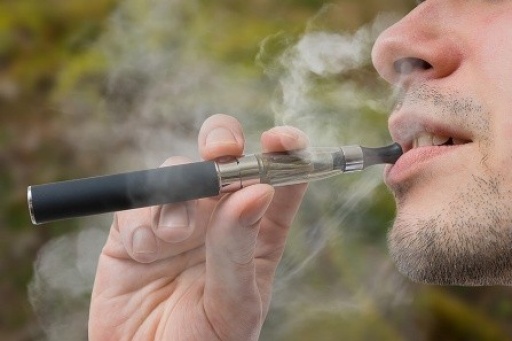
Researchers call for mental health and substance use interventions that support students who are gay, lesbian, bisexual and unsure of sexual identity
BUFFALO, N.Y. — Experiencing sexual violence is significantly linked to increased e-cigarette use among sexual minority high school students, but not heterosexual students, according to a University at Buffalo study.
The research, published in Addictive Behaviors, sought to clarify the complex relationships between sexual violence, suicidality (suicidal thoughts and plans, and feelings of sadness), and e-cigarette use among United States teens. Suicidality was not directly tied to e-cigarette use, the study found.
The findings suggest the need for improved school-based mental health and substance use interventions for victims of sexual violence who are also sexual minorities, as sexual minority youth may be more likely than their heterosexual peers to turn to substance abuse to cope with victimization, discrimination and stigmatization, says first author Courtney Doxbeck, doctoral candidate in the UB Graduate School of Education.
“Sexual minority students often experience rejection, harassment and abuse at the hands of friends, family and coworkers during a highly influential period of growth when they need social support the most. Such victimization and stigmatization may negatively impact their physical or mental health and lead to engaging in harmful health behaviors later in life,” says Doxbeck.
Although suicidality and sexual violence have been linked to substance abuse in the U.S., few studies have captured their potential relationships with e-cigarette use, which has become the most popular tobacco product among youth, she says.
“This study serves as a call to action for school administrators and public health officials to target interventions toward at-risk groups, as students may perceive e-cigarettes as less dangerous than traditional tobacco products, and therefore a safer method to consume nicotine or other substances,” says Doxbeck.
Additional investigators include Joseph Jaeger, doctoral candidate in the UB Graduate School of Education; and Jacob Bleasdale, doctoral candidate in the UB School of Public Health and Health Professions.
The researchers analyzed the 2017 National Youth Risk Behavior Survey, which assessed the health behaviors of more than 7,900 U.S. high school students.








